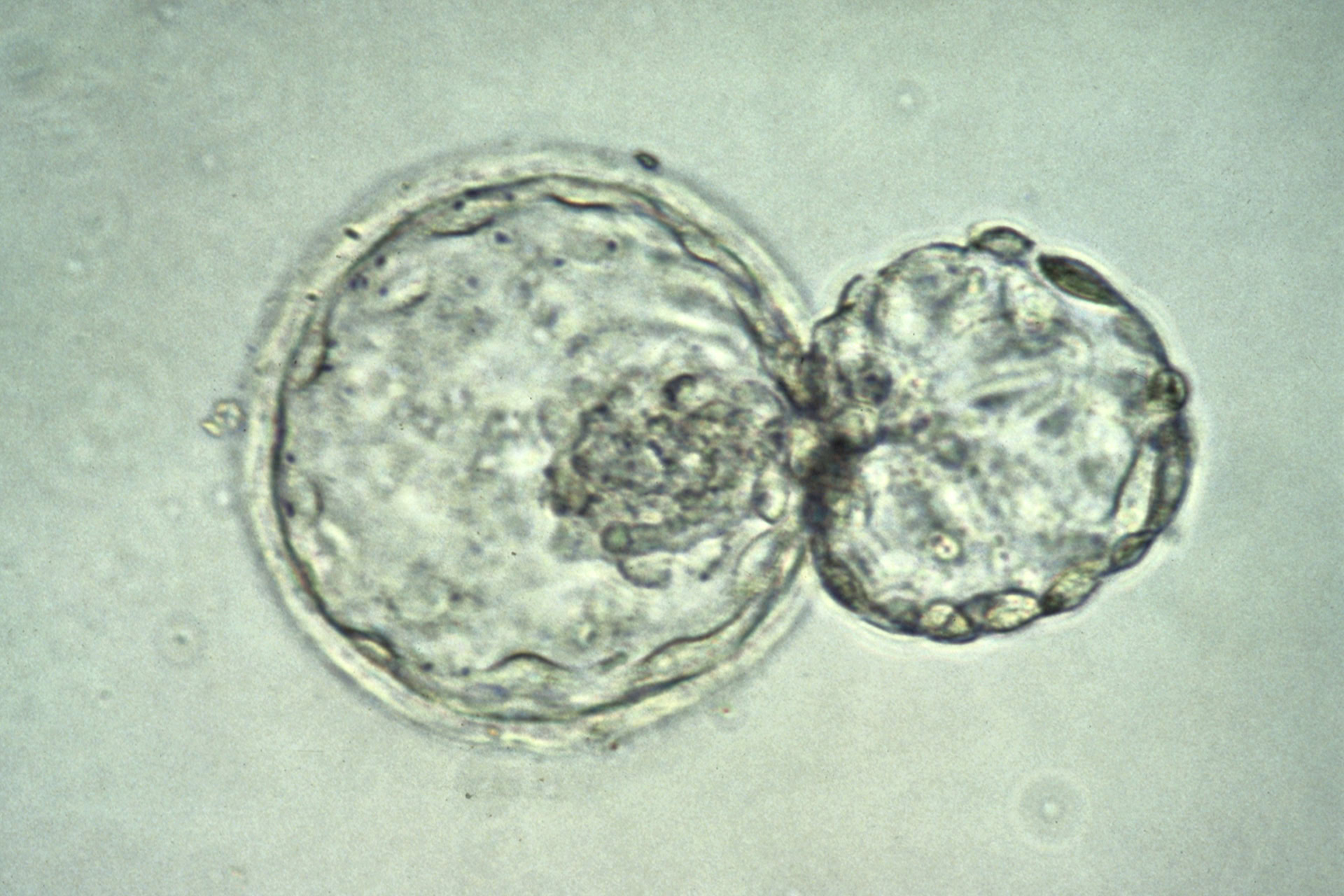Having a particular genetic marker increases the chance of developing lung cancer. This is the finding of a of $5.9 million project carried out by the Genetic Epidemiology of Lung Cancer Consortium, an interdisciplinary team made up of researchers from across the US. The results, to be published in the American Journal of Human Genetics in September, may lead to a genetic test to find those at greatest risk and will be of help to those developing treatments for the disease.
The researchers surveyed more than 26,000 people with lung cancer, finding 3500 families with more than one sufferer of the disease. Of these, the researchers analysed the DNA of 52 families, thirty-two of which had affected members in at least two generations. Of 392 genetic markers, four were linked to lung cancer, with a marker on chromosome six most closely linked with the disease. The region indicated by the genetic marker contains several genes, so further experimentation is needed to establish exactly what is responsible for the link.
The research also gave insight into how genetics and smoking may combine to cause disease. In people who did not have the genetic marker, risk of lung cancer increased with the amount they smoked; in people with the genetic marker, even smoking a small amount led to an elevated risk of the disease. This finding may add new weight to calls for a ban on smoking, as passive smoking may be enough to increase the lung cancer risk of people with the genetic marker.
In the US, lung cancer causes more deaths than any other cancer, so the study has been welcomed by many. Janet Healy, executive director of a lung cancer support group described the work as 'a big development', whilst Joan Bailey-Wilson, co-lead author of the study, said, 'The discovery of genes for other types of cancer has led to better understanding of those diseases, which in turn lead to better strategies for treatment and prevention. We hope that uncovering a gene or genes responsible for lung cancer will do the same for this devastating disease'.
Sources and References
-
Familial lung cancer gene increases risk
-
Location of potential familial lung cancer gene discovered
-
Lung cancer gene risk located
-
Researchers find genetic lung cancer link




Leave a Reply
You must be logged in to post a comment.